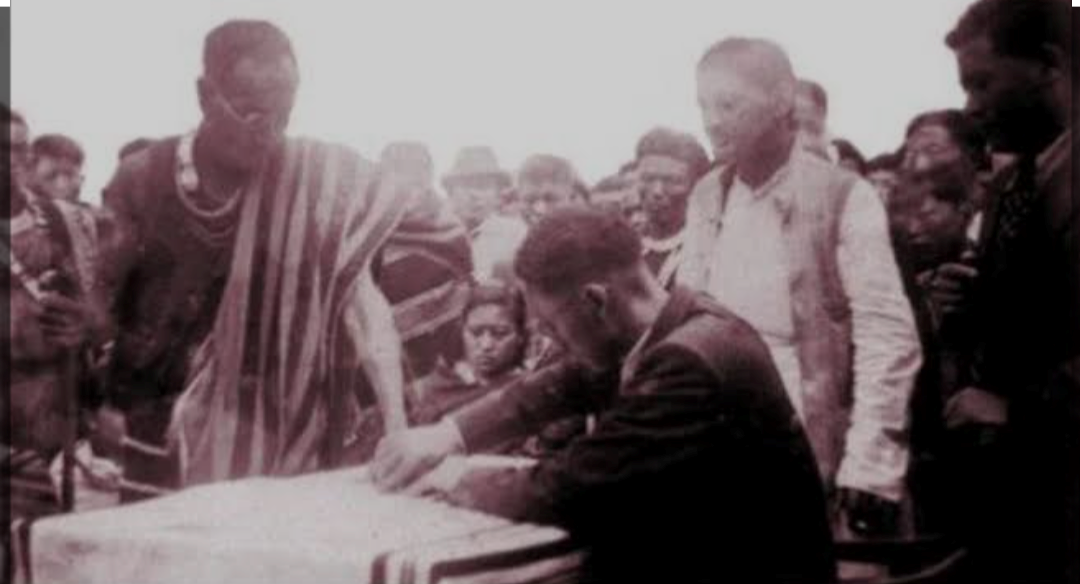“We have gathered here together in order to try to convince India of our inherent right to be free and equal to any other nation as a distinct people. Most of the histories of human freedom were recorded in human blood. Most of the foundations of free nations were built on human bones and crushed skulls. But we want our national independence to remain holy and pure. We do not want to mix freedom, and our independence, with human blood. We do hope we shall not be compelled to live on a structure founded on human skulls and bones.” – A.Z. Phizo, May 16, 1951.
May 16, 1951, is a defining marker in Naga history, although generations today tend to forget.
With the objective to strengthen the declaration of Naga independence on August 14, 1947, the Plebiscite, which was recorded through thumb impressions, included Naga people of both sexes above the age of 16, that is, those born before 1935.
In the course of three months, Naga people gathered at Khuochiezie (Kohima Local Ground) to offer their thumb impression in support of the independence of the Naga Nation. The NNC claimed that the plebiscite campaign had achieved a success of 99.99 percent.
A significant aspect of the Plebiscite has been the inclusion of Naga women who not just participated but campaigned for the cause. For a people who were on the cusp from its headhunting culture to modernisation, Naga leaders seem to be ahead of the curve.
The 73rd Naga Plebiscite Day was commemorated in various parts of Naga lands by various Naga National Groups on May 16. But one can perhaps resonate with the Forum for Naga Reconciliation (FNR)’s tribute at the NBCC hall Kohima, inviting all Nagas to be a part of the Naga Plebiscite Day.
A 99.99 percent ‘Yes’ referundum may have been disregarded by the then Indian Government as well as the world but it remains an essential bedrock to the Naga peoples, further strengthening the Nagas to continue to aspire for self determination.
Phizo’s ‘holy and pure’ aspiration may not have been achieved with the decades following the Plebiscite mired by bloodshed, hate, enmity and a continuum of fractious communities, groups and tribes.
Download Nagaland Tribune app on Google Play

Yet, the FNR’s commemoration of the Naga Plebiscite Day is a timely reminder of the hopeful legacy for the future. It is a unique history worth safeguarding. The idea and concept of self determination might differ today as opposed to what our founding leaders envisioned, but significant historical markers such as the Naga Plebiscite day remains one of the defining chapters of what makes us Nagas.
While acknowledging the significance of the Naga Plebiscite, Rev. Dr. Wati Aier, Convenor of FNR
had called for a collective reorientation towards a renewed spirit of unity and solidarity transcending immediate circumstances created by individuals and groups.
The Naga leader had also appealed for hope: embracing hope as a catalyst for reconciliation, cooperation and progress. And perhaps, this is why, in his words, Naga Plebiscite Day remains a hopeful memory for the future.

